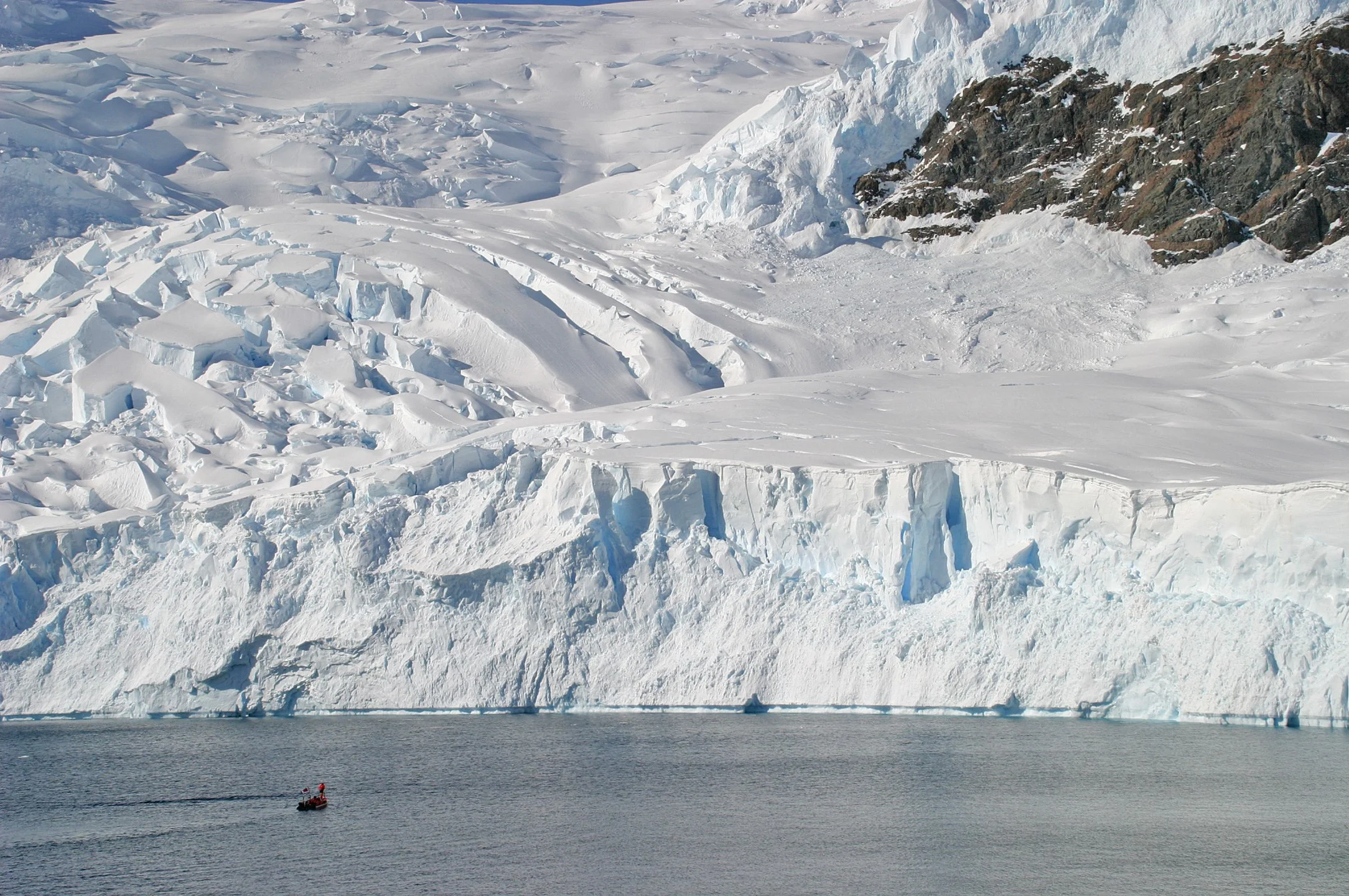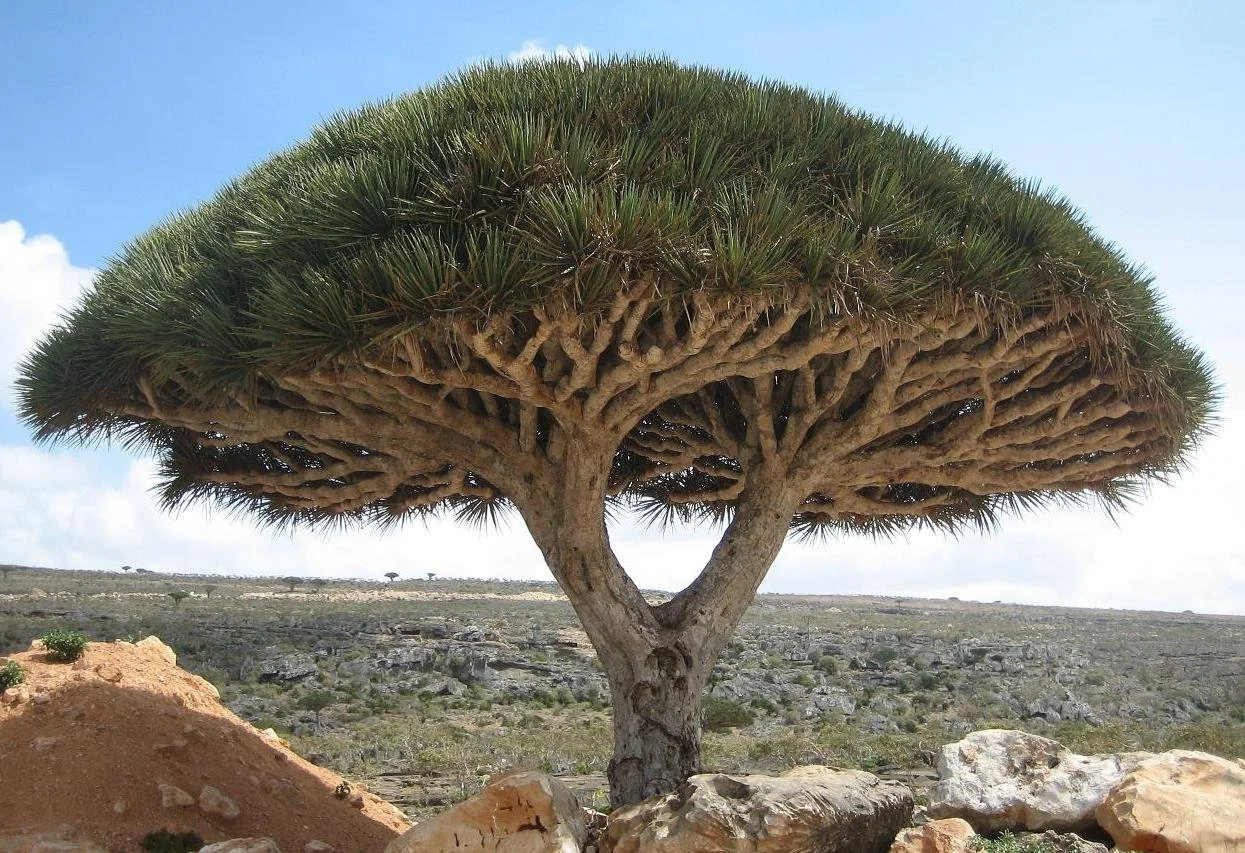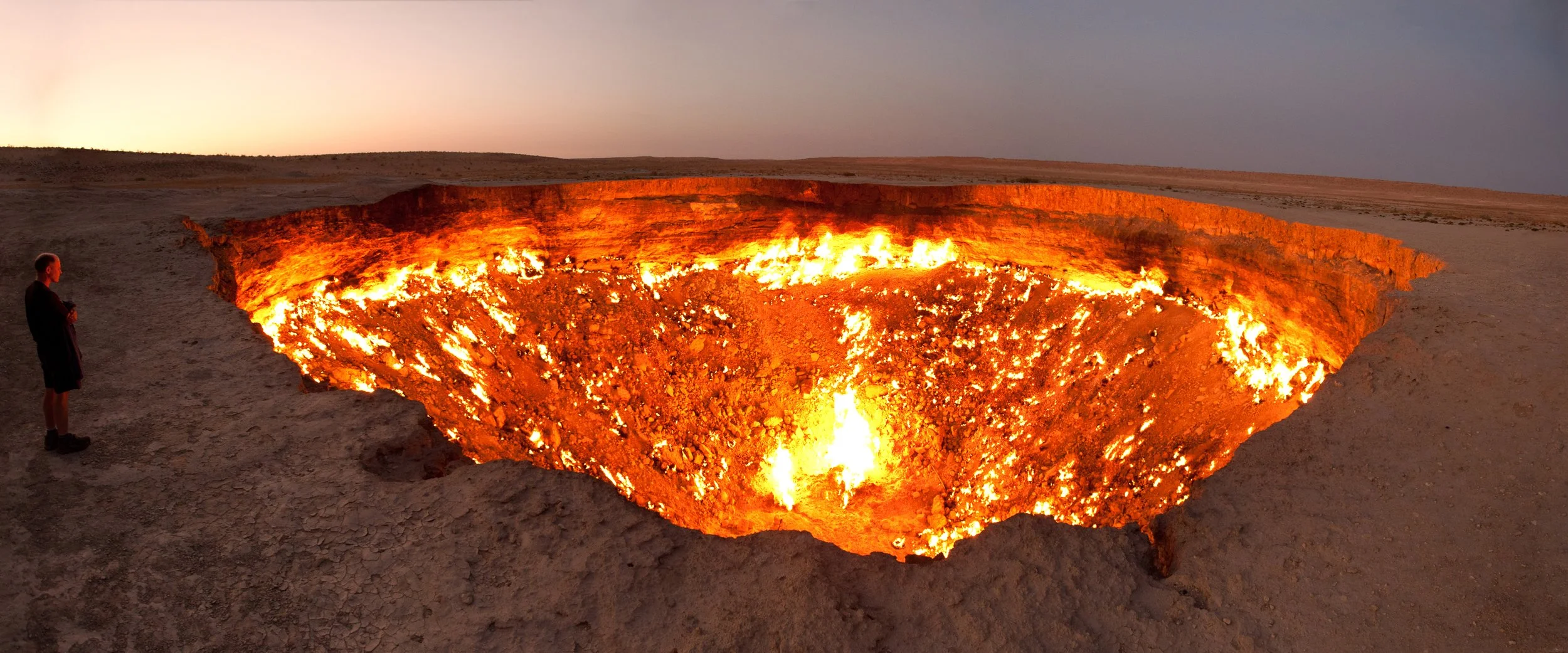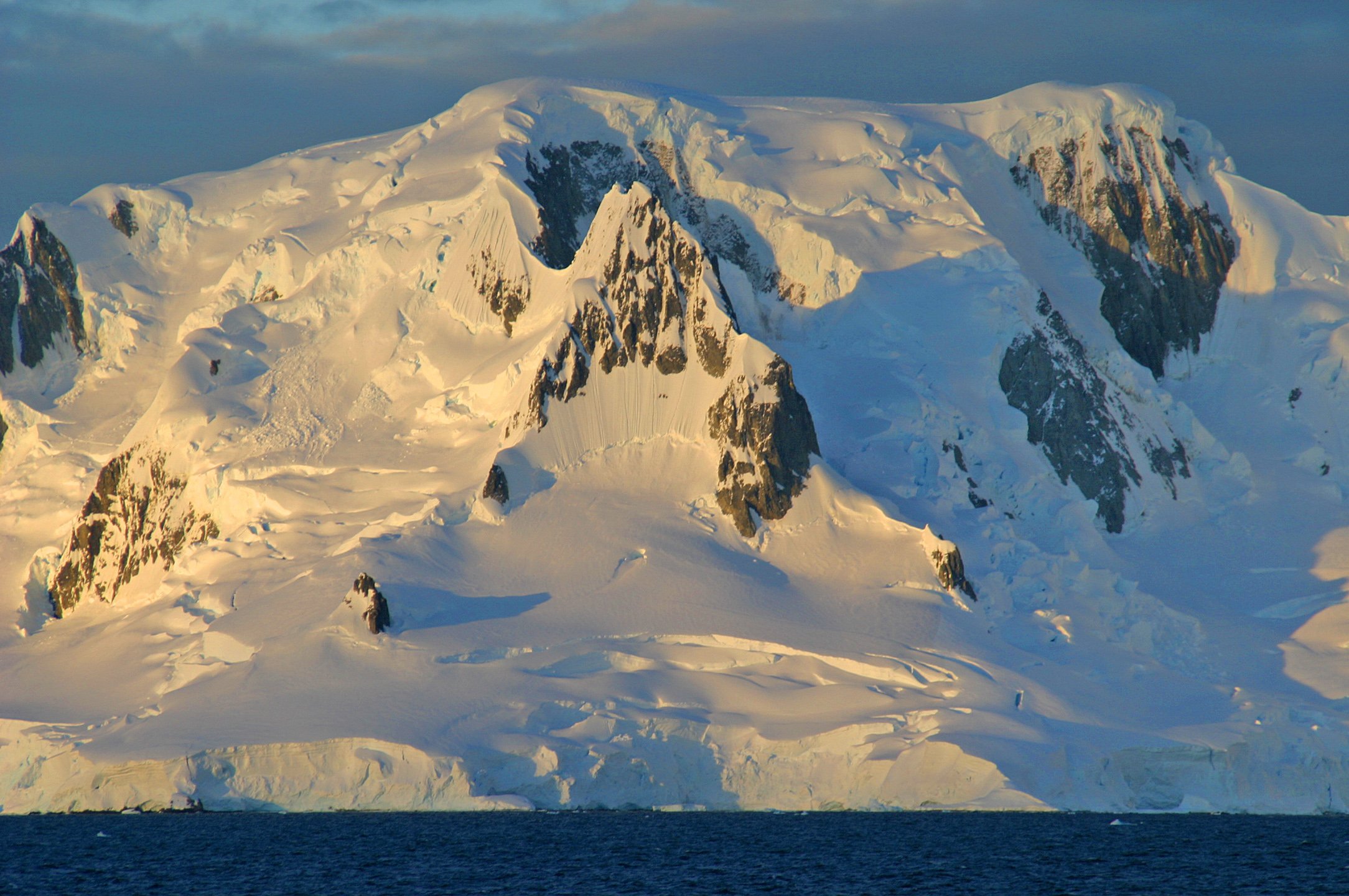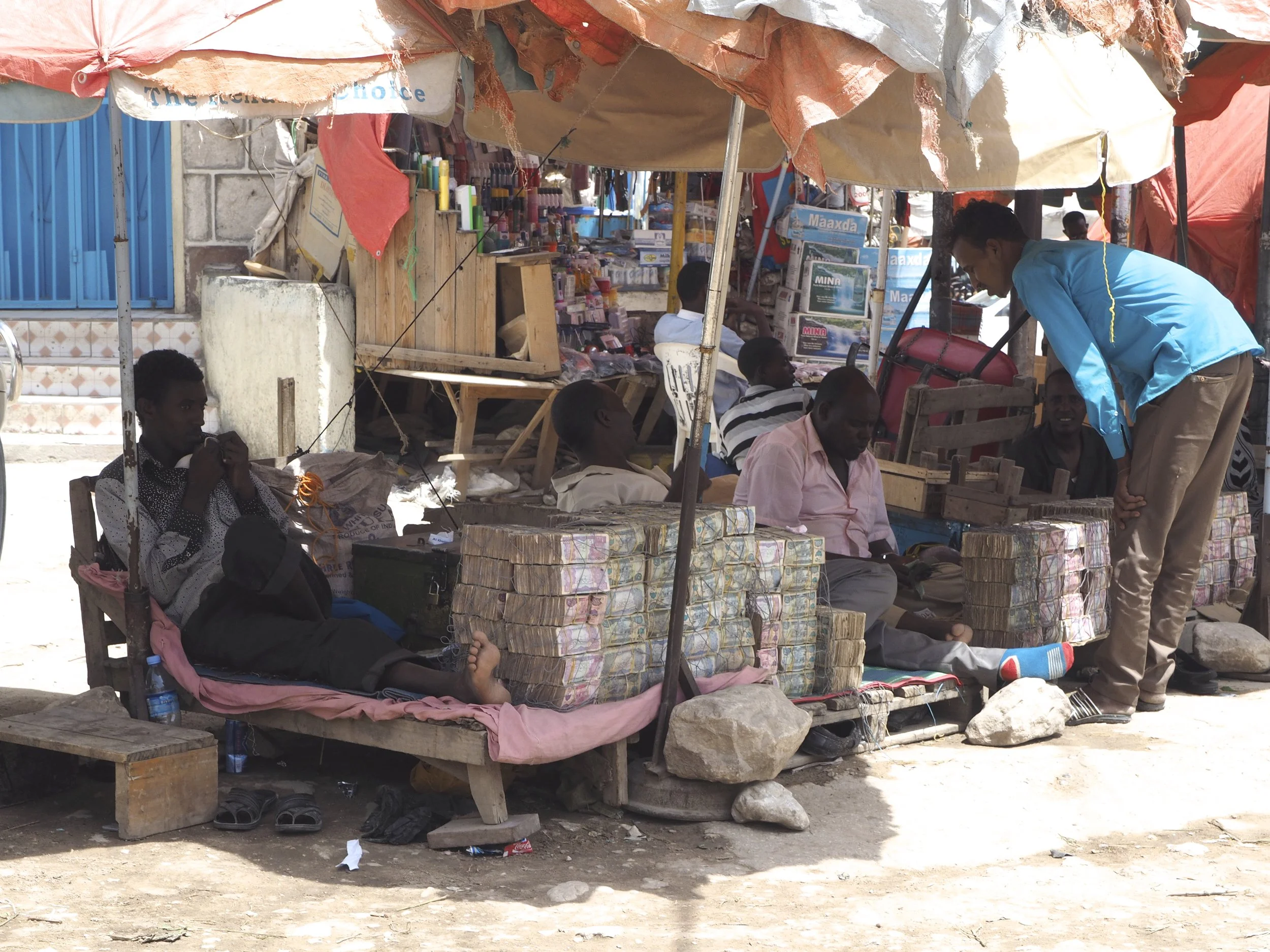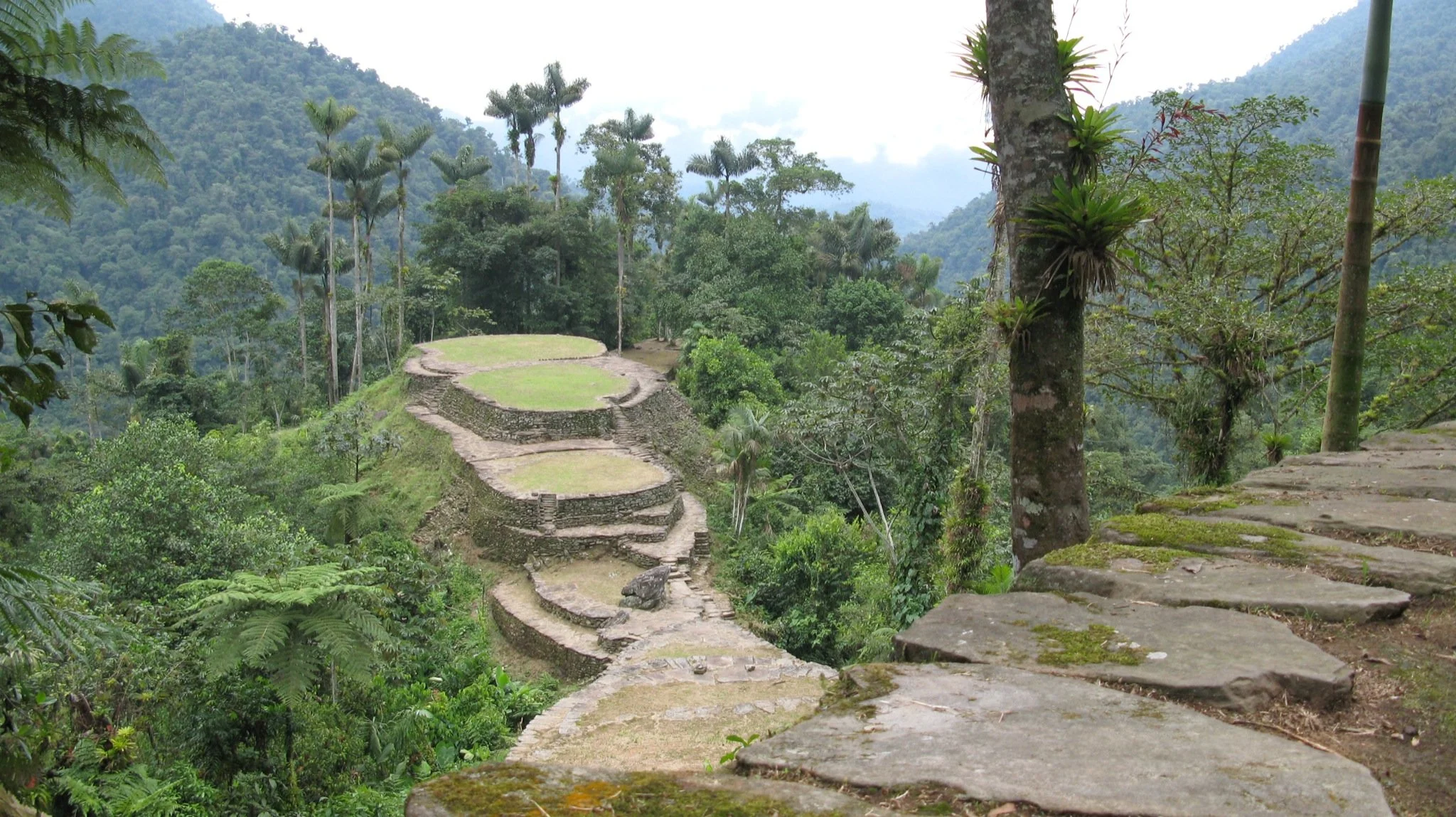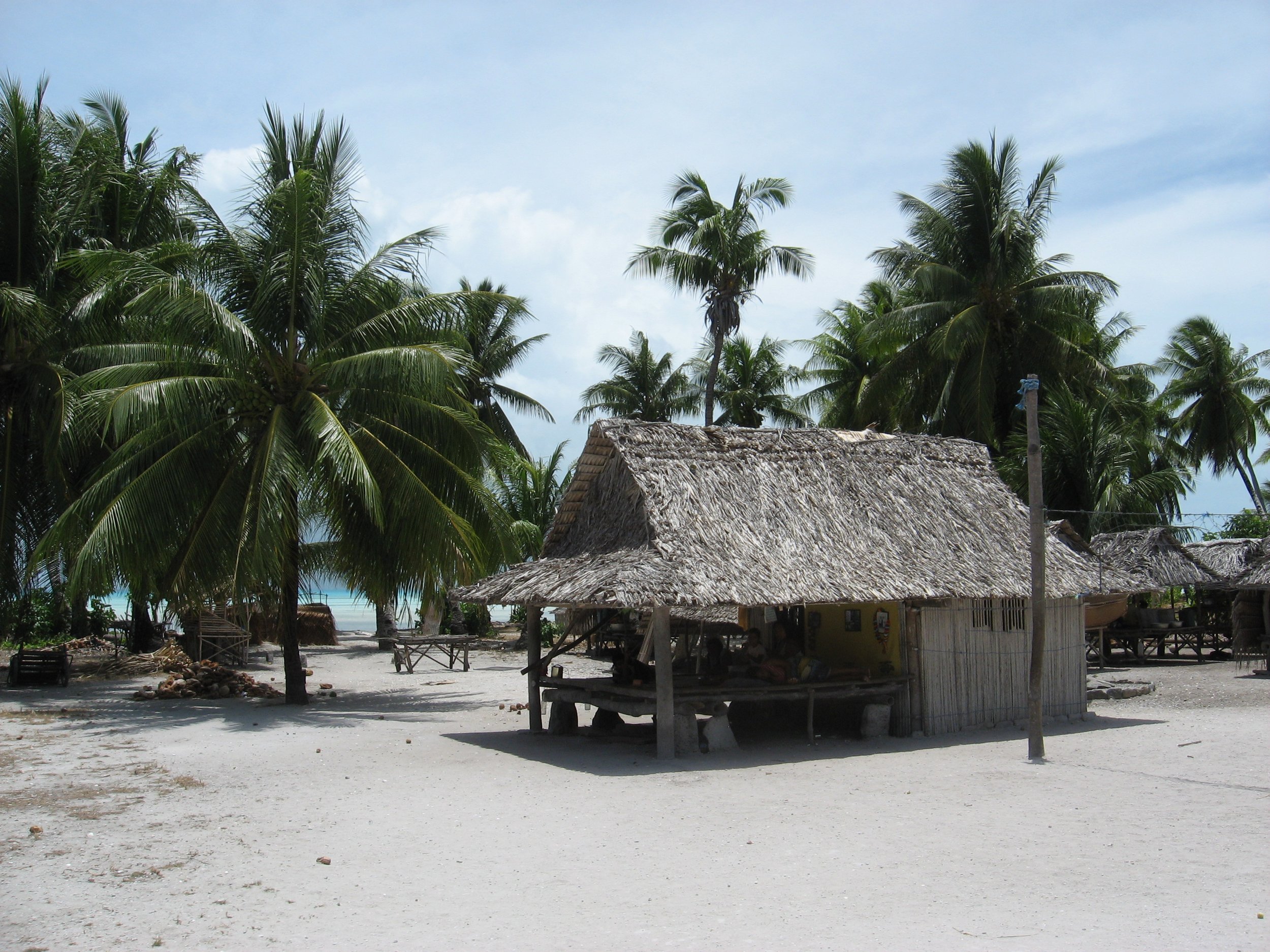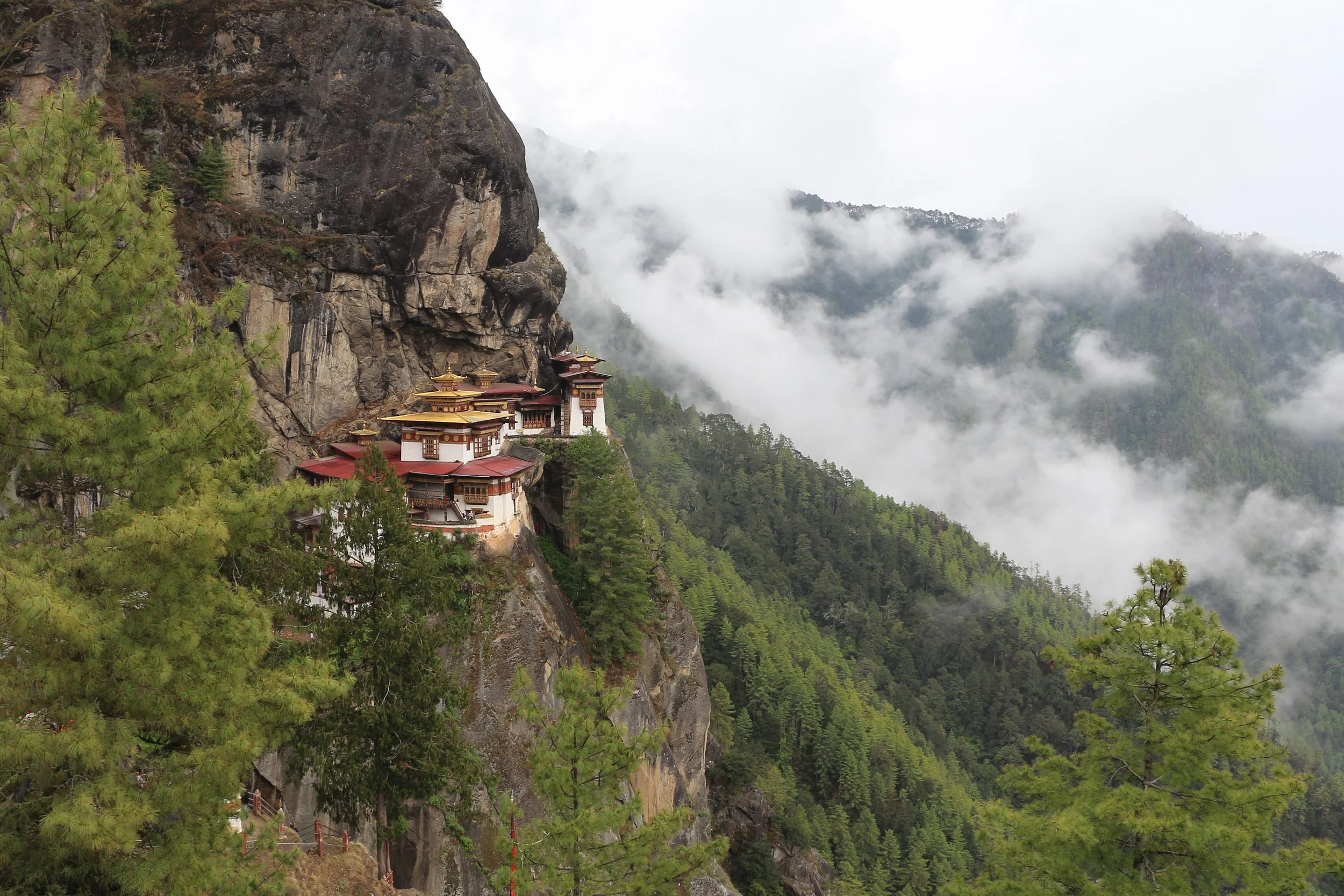Jeremy Giles
What makes difficult access worth it?
Western Antarctic Peninsula, W. Bulach, CC BY-SA 4.0, via Wikimedia Commons
You’ve been sailing for two days straight, impatiently waiting, spending every waking hour squinting your eyes in hopes of getting a glimpse of your destination. Every night, you curl up in the bowels of the boat not because it is dark out (the sun never sets in this part of the world), but because you want to be as awake as possible when you finally see it. At the start of the third day, you see a tip of a giant white land in the distance and the captain announces what you already know, that you have made it to Antarctica.
As the world becomes more global and technology continues to advance, amazing experiences like this, that used to be impossible for all but the bravest scientists, are now within a normal person’s reach. Here are 8 of the hardest to visit places in the world, and why they are worth the effort.
1. Gobi Desert, Mongolia
Gobi Desert Christopher Michel, CC BY 2.0, via Wikimedia Commons
Mongolia is one of the most nomadic countries in the world, with 30% of the population still living their traditional pastoralist lifestyles. A 7-8 hour drive from the capital Ulaanbaatar, will lead to the Gobi Desert, and its 500,000 square miles of rolling sandy hills. There, you can stay in a Ger, a traditional circular nomadic living quarter, with a local Mongol family. When you are exploring, you can travel the Gobi desert by camel, the way nomads have for hundreds of years.
While the Gobi desert is huge, it isn’t empty. It is home to the largest prehistoric dinosaur repository in the world, including most famously two velociraptor skeletons that were buried mid-battle. Furthermore, there is Khermen Tsav which has giant Red Mudrocks so beautiful that they have been named a UNESCO World Heritage Site.
2. Socotra Island, Yemen
Dragon’s Blood Tree, Boris Khvostichenko, CC BY-SA 4.0, via Wikimedia Commons
210 miles away from Yemen’s mainland, Socotra Island has managed to completely isolate itself from the civil war raging on in the mainland. In 1980, anthropologist George Huntingford nicknamed this UNESCO World Heritage Site “the most alien-looking place on Earth,” because of its huge variety of idiosyncratic endemic plants.
The crowning jewels of Socotra are its Dragon’s Blood Trees, named after their red resin that was believed to have been used to create the color of the famous Stradivarius violins. However, there is more than just nature; the inhabitants of Socotra have their own rich culture with their own Semitic language, Socotri.
3. The Gates to Hell, Derweze, Turkmenistan
Darvasa gas crater panorama, Tormod Sandtorv, CC BY-SA 2.0
In 1971, in the middle of the Karakum Desert, Soviet geologists drilling for natural gas caused their entire worksite to collapse, releasing a stream of deadly methane gas into the air. Scrambling for a quick solution, the geologists started a controlled fire to burn off the methane. The fire was supposed to only last a few weeks. 50 years later, the 76-meter crater is still ablaze.
Turkmenistan is one of the most isolated countries in the world, garnering fewer than 10,000 tourists a year. This is largely because the visa process is incredibly difficult, with an almost 50% rejection rate. The reasons for these rejections are often obscure and without basis. Beyond this, the Gates to Hell has almost no infrastructure around it, meaning visitors must stay in a Yurt, arranged through a travel agency, or camp by themselves.
4. The Antarctic Peninsula
Mountain in the Antarctic Peninsula, W. Bulach, CC BY-SA 4.0, via Wikimedia Commons
Many believe that hundreds of human bodies lie underneath the Antarctic ice, grim reminders of the power that the most inhospitable continent holds over human beings. Today, however, with the modernization of the tourist industry and advances in technology, Antarctica is no longer the death trap it used to be. Through a 2-3 day boat ride from Ushuaia, one of the Southernmost cities in Argentina, you can reach the Antarctic Peninsula, the closest part of the Antarctic continent to South America. The journey may be hard, but with sights ranging from huge penguin rookeries and beautiful icebergs to whales and polar sunsets, a trip to Antarctica is like no other.
5. Somaliland
Money Changers Hargeisa, Somaliland, Clay Gilliland, CC BY-SA 2.0, via Wikimedia Commons
In 1991, Somaliland declared its independence from the rest of Somalia and although not recognized internationally has its own functioning government and visa system. Unlike neighboring Somalia, which has frequent kidnappings, murder, and civil unrest, Somaliland is safe to visit. In the capital, Hargeisa, money changers famously leave stacks of money without a guard on the street, not even considering the fear of theft. However, it must be noted you do have to bring a Special Protections Officer with you if you decide to leave the capital, mostly as a precaution, as Somaliland is still bordering Somalia.
45 kilometers from the capital is Las Geel, the home of hundreds of rock paintings created around 5-10,000 years ago. Beyond this, in the capital you can see the huge Livestock market and visit the Jama Mosque.
6. Ciudad Perdida, Colombia
Ciudad Perdida, Gavin Rough, CC BY 2.0, via Wikimedia Commons
Located deep in the jungle of the Sierra Nevada mountains, Ciudad Perdida, or the Lost City in English, was built by the Tairona people in 800 A.D, over 600 years before Machu Picchu. It was inhabited until the conquistadors arrived in the 1500s.
With that said “Ciudad Perdida” was never truly lost; the Indigenous people living in the area have always known of its existence. Yet, it wasn’t until the 1970s when the ancient city was “discovered” by looters that the outside world became aware of the site. Today, there are still no formal methods of transportation to Ciudad Perdida, so those visiting must embark on a multi-day trek.
7. Kiribati
Kiribati, Vladimir Lysenko (I.), CC BY-SA 4.0, via Wikimedia Commons
Located right next to the international date line, the natives of the Republic of Kiribati are the first to welcome in the New Year, celebrating with roast pig and crayfish and plenty of traditional celebrations. Despite having a population only a little over 100,000, Kiribati is rich with culture, with its own languages, community meetings in a traditional Maneaba, and dance heavily featuring body percussion.
Although Kiribati has 33 islands, only 20 are inhabited, making it one of the best places to appreciate natural beauty in the world. Whether it's on Tarawa, Christmas, or Teirio island, or one of their many others, Kiribati is filled with beaches and great places to scuba dive and snorkel. Getting to Kiribati is not easy however, as you can only fly to it from Nadi, Fiji.
8. Bhutan
Bhutan, Bernard Gagnon, CC BY-SA 4.0, via Wikimedia Commons
Sandwiched between India and China and the world’s first carbon-negative country, the Kingdom of Bhutan is over 70% forestland. Beautifully nestled into cliffs above this forestland are the Tiger’s Nest Temple, Bhutan’s most popular tourist destination and the site of an old monastery and meditation cave.
While there are beautiful monasteries and fortresses throughout the country, maybe the best places to see Buddhist culture are in Thimphu, the capital, which boasts the Dechencholing Palace, Buddha Dordenma, and more. Moreover, the capital is famous for using traffic police instead of red lights.
Getting to Bhutan, however, is quite difficult. You must obtain a visa, preplan, and prepay for your trip, likely as part of a guided tour. For every day you are there, you have to pay a government-mandated minimum for your tour, which is at least $200. You also can only fly to Bhutan from one of its neighboring countries.
Jeremy Giles
Jeremy is a Writing Seminars and International Studies major at Johns Hopkins University. He is an avid writer and the Co-Founder of Writers’ Warehouse, Johns Hopkins’ first creative writing group. He is an advocate for Indigenous rights, and studies how Indigenous philosophies can be used to help prevent climate change. Using his writing, he hopes to bring attention to underrepresented voices in today’s world.

